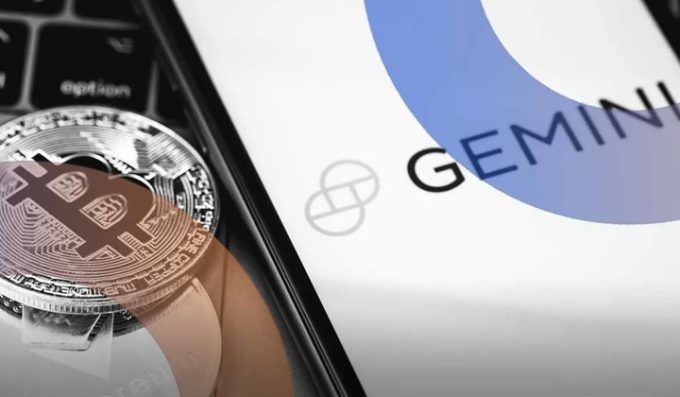Introduction to Blockchain Network Congestion
By Kapil Rajyaguru
When the volume of transactions on the blockchain network exceeds its capacity, congestion arises, causing delays in transaction processing. Blockchain networks become congested when there are more pending transactions than they can handle. The long procedure of building a new block and the limited block capacity are the causes of this problem.
Users will experience delayed processing times and transactions when the volume of incoming transactions exceeds the network’s ability to swiftly confirm them. The introduction of BRC-20 tokens to the Bitcoin network caused an exponential increase in transaction volume and network congestion.
High transaction volumes, increased usage, and events like initial coin offers (ICOs) can all contribute to congestion. Users may choose to pay more during times of high volume to prioritize their transactions, which would increase costs even further. Moreover, congestion raises transaction costs and reduces efficiency, both of which negatively affect the user experience as a whole.
However, blockchain networks are always looking for ways to improve scalability, ensure smoother transactions, and reduce congestion-related problems by implementing layer-2 scaling techniques and protocol upgrades. The above-described endeavors are crucial for attaining broad adoption since they improve the robustness and effectiveness of blockchain networks, especially in times of increased demand.
Significance of Efficient Blockchain Transactions
Efficient blockchain transaction processing is essential to provide high throughput, low latency, reduced transaction costs, and improved data security across businesses.
Blockchain transaction processing is essential for the widespread use and integration of blockchain technology across a wide range of businesses. One of its main advantages is its scalability, which enables blockchain networks to perform a large number of transactions quickly and continuously.
Unlike conventional systems, which have experienced problems with scalability, blockchain processing ensures uninterrupted operations even during moments of high demand. Moreover, it makes real-time transaction validation and affirmation easier by reducing latency and congestion, which improves network performance. Processing transactions efficiently further reduces transaction fees, making blockchain technology more affordable for both private users and businesses.
Furthermore, effective blockchain processing ensures prompt, safe, and unchangeable transactions in industries like supply chain management, healthcare, and banking, where data security is crucial. Blockchain technology’s transaction handling speed will determine the rapid development and adoption of new technologies.
What Causes Blockchain Network Congestion?
Numerous variables, such as growing usage, DApps, ICOs, and criminal activity, all contribute to the blockchain’s congestion and raise transaction processing costs and delays.
A number of problems hampered the blockchain network’s processing capacity, raising transaction costs and causing delays. An excessive number of transactions could overwhelm the network’s processing capabilities, thereby delaying transaction confirmation.
Additionally, more businesses and individuals are transacting as a result of the growing use of blockchain technologies, which increases network traffic. Decentralized applications (DApps), decentralized finance (DeFi) platforms, and the simultaneous execution of smart contracts all put a heavy load on the network’s capacity, which leads to congestion.
Investor participation in events like token sales and initial coin offers (ICOs) increases network congestion due to the accumulation of transactions. In the end, malevolent actors are able to cause disruptions in networks by transmitting a significant number of low-value transactions. Moreover, physical limitations in the network architecture, such as poor internet connections, can cause congestion problems by impeding the smooth flow of data.
What Are The Consequences of Network Congestion?
In blockchain systems, network congestion can have detrimental effects on businesses, consumers, and the general functionality of decentralized applications.
A transaction confirmation delay is the direct result. Network congestion affects services that rely on timely payments or transactions, as it prolongs the processing time of transactions. For example, Ethereum’s network saw severe congestion during the CryptoKitties spike in late 2017, which caused platform transaction delays.
Significant transaction processing needs are another factor driving up transaction fees. Users frequently suggest higher bid fees as a way to speed up processing when there is a backlog or obstruction in transactions. The increase in fees may result in a spike in transaction costs, especially for smaller transactions. Congestion on the Ethereum network due to the increased demand for DeFi applications led to an increase in transaction fees in 2021.
Network congestion gradually erodes the user experience of decentralized applications (DApps) due to slow transaction processing. Extended congestion and an unfavorable user experience could deter consumers from engaging with the DApp. Users that are dissatisfied or frustrated may decide to completely stop using the platform, which could have an impact on the DApp’s popularity and user base.
In addition, in order to increase a packed DApp’s effectiveness, developers might have to commit more resources. Developers could have diverted these resources to enhance functionality or the user experience, potentially delaying the overall development of the DApp.
How To Mitigate Congestion On Blockchain Network?
A comprehensive strategy that incorporates both short-term fixes and long-term scalability solutions is required to reduce network congestion on blockchains.
One such technique is transaction fee optimization. Users can set reasonable pricing to prevent unnecessary bidding disputes during congested times. By allowing some transactions to happen off-chain, layer-2 solutions—like rollups for Ethereum and the Lightning Network for Bitcoin—allow developers to lessen the load on the main network.
Enhancing block propagation methods and increasing the number of transactions within each block can also increase throughput. Furthermore, blockchain networks can process a higher volume of transactions due to the lightening of the computing load by proof-of-stake and other simplified consensus techniques.
Sharding is a noteworthy technique for resolving network congestion on blockchains; the Ethereum blockchain serves as an example of its application. The blockchain can be divided into smaller segments to create unique shards, each of which can process transactions on its own. Parallel processing greatly increases the network’s capacity, enabling the execution of multiple transactions simultaneously.
Finally, encouraging DApp developers to improve smart contracts and code may reduce unnecessary network load. Blockchain platforms can reduce traffic through the integration of numerous methodologies, which improves transaction processing efficiency and streamlines the user experience.
You need to login in order to Like














